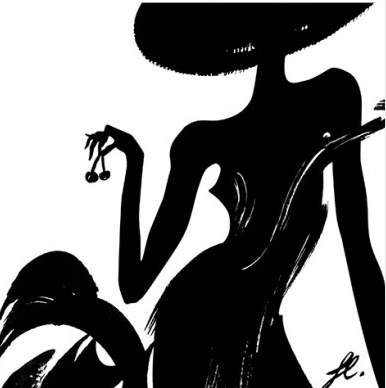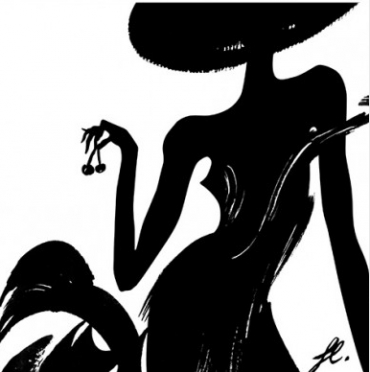
 1- Entry level luxury
1- Entry level luxury
More accessible luxury products come with an obvious set of risks, since they can quickly become ubiquitous and take the shine off the exclusivity that is luxury brands’ raison d’être. However, successful entry-level pieces can give less wealthy shoppers a taste for a brand and build up loyalty for when they begin to have real spending power. Guerlain’s La Petite Robe Noire is a typical cautionary tale in accessible luxury. The perfume saw phenomenally success as a mass-appeal product thanks to an exciting communication strategy. However, wealthier customers deserted the brand in droves as its exclusivity was worn away, and Guerlain is now investing heavily in high-end, bespoke perfumes in an attempt to regain brand equity. It is a dangerous game.
2- Social luxury
While this might seem like an obvious point in 2015, luxury brands were notoriously slow on the social media uptake. But with Burberry leading the way, even Chanel – which was largely inactive on Instagram until last year – now live streams its Métiers d’Art shows, the most recent edition of which took place in Salzburg #chanelsalzburg
3- Online luxury
Translating the all-important boutique experience from Avenue Montaigne to the web was never going to be easy, and many luxury brands are still hesitating to make their goods available online. However, with the wealthiest shoppers also the most connected, brands are realizing that they have no choice but to ensure that they connect strongly with clients in this space. The boundaries between the boutique and the web are blurring as in-store personal shoppers reach out to preferred customers over Instagram and even Snapchat with the latest pieces. Net-à-Porter meanwhile pioneered the editorial approach, displaying each season’s offering in a format reminiscent of glossy magazines’ shopping pages.
4- Millennial luxury
Millennials are the fastest growing segment of consumers of luxury goods (31% increase in luxury spending over 1 year vs 19% increase for Boomers and 23% for Gen X (American Express Business Insight). It’s little surprise, then, that they have been reshaping the meaning of luxury. Traditional luxury categories like apparel and accessories interest younger consumers, whereas technology is quickly becoming the most desirable category, particularly thanks to Apple. Quality is also being redefined by Millennials, for whom it is much more intrinsically linked to product features and exclusivity, and less dependent on established brands.
5- Open luxury
Closed-off and monolithic brands are beginning to look less mysterious and more outdated; new generations in particular respond better to interactive brands that acknowledge their existence. Burberry’s strategy of personalization, allowing customers to customize everything from ponchos to handbags, is a prime example of how a slight concession to consumers can go a long way in terms of loyalty.
Written by Sandrine McClure, Director Added Value.
Source: Added Value
